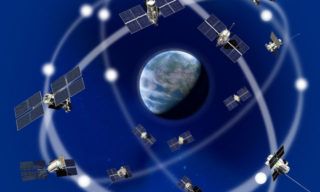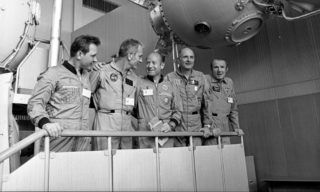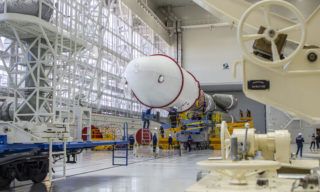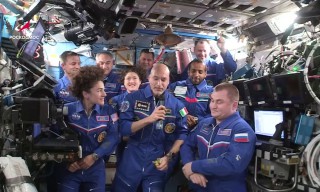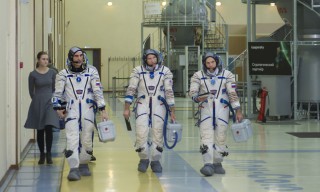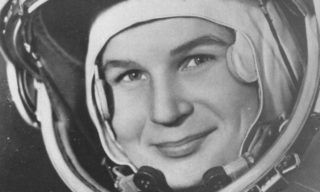Russian scientists from the Vernadsky Institute of Geochemistry and Analytical Chemistry of the Russian Academy of Sciences (GEOKhI), together with colleagues from the Vernadsky Institute of Geology and Mineralogy of the Russian Academy of Sciences, have said a new word in cosmochemistry. They investigated grains of olivine – crystals from the iron-stone meteorite-pallasite Seimchan, found in 1967 in the Magadan region, and those opened the mystery of the origin of celestial bodies of this type. The results are published in the journal Geochemistry International.
Meteorites-pallasites – contemporaries of the formation of the planets of the solar system. They belong to the class of iron-stone meteorites and consist of olivine crystals encased in a mass of nickeliferous iron. Until recently, scientists had no consensus on their formation.
Research in the laboratory of meteoritics and cosmochemistry GEOKhI RAS began with the fact that the staff was interested in the nature of the formation of so-called anticrystals found in the meteorite Seimchan, which is stored in the meteorite collection of the Russian Academy of Sciences.
Anticrystals (crystal-shaped voids) are found in olivine crystals and contain grains of almost pure metallic iron. Curiously, scientists have been paying attention to these voids in olivine of different pallasites since the middle of the XX century, in particular, Vladimir Vernadsky himself made a report about them, calling them “capillaries”. However, the lack of necessary observational techniques and experimental data did not allow us to understand the nature of these “capillaries”. Modern research methods have led scientists to conclude that anticrystals are nothing but traces of multi-stage processes of meteoritic matter formation.
In particular, it was hypothesised that the voids are formed by the accumulation of defects in the crystal lattice of olivine as a result of mechanical effects: compression, stretching, and chemical reactions between olivine and the surrounding iron. This was confirmed by comparing calculations and observations with the results of experiments on olivines from terrestrial rocks.
The presence of such voids in pallasite olivines also led scientists to the conclusion that nickeliferous iron and olivine, which make up pallasites, originally belonged to the metallic core and silicate mantle of the parent body and were mixed together, reacted as a result of a catastrophic event, probably a collision with another protoplanetary body in the asteroid belt between Mars and Jupiter.





